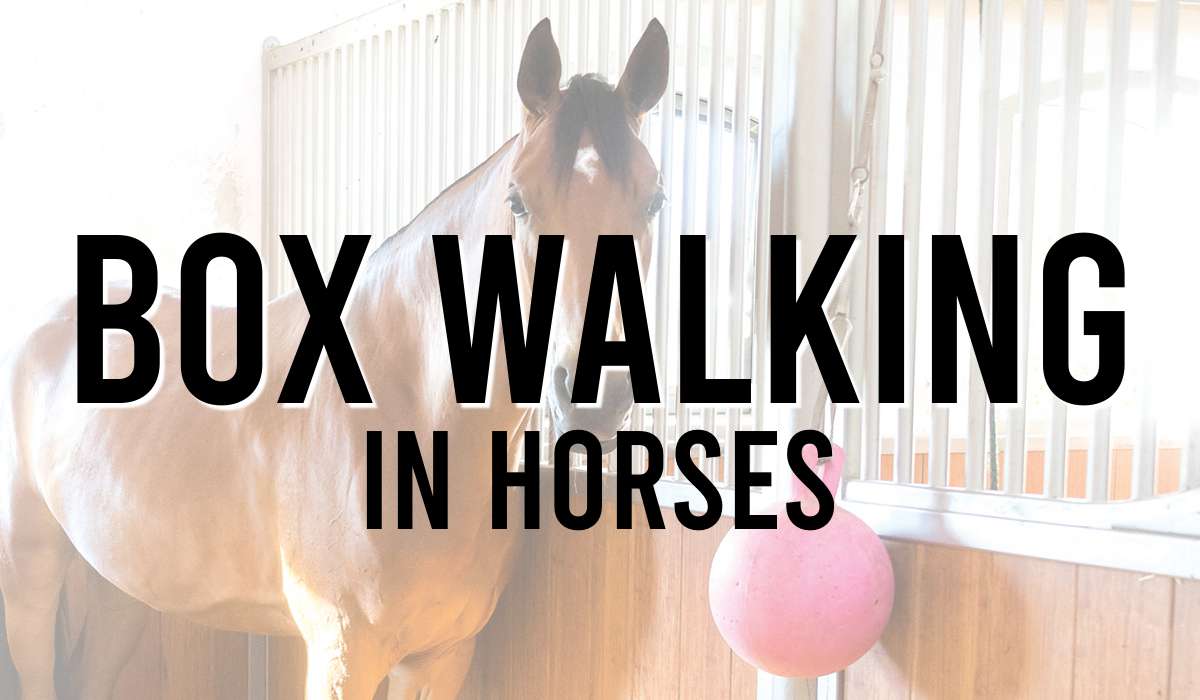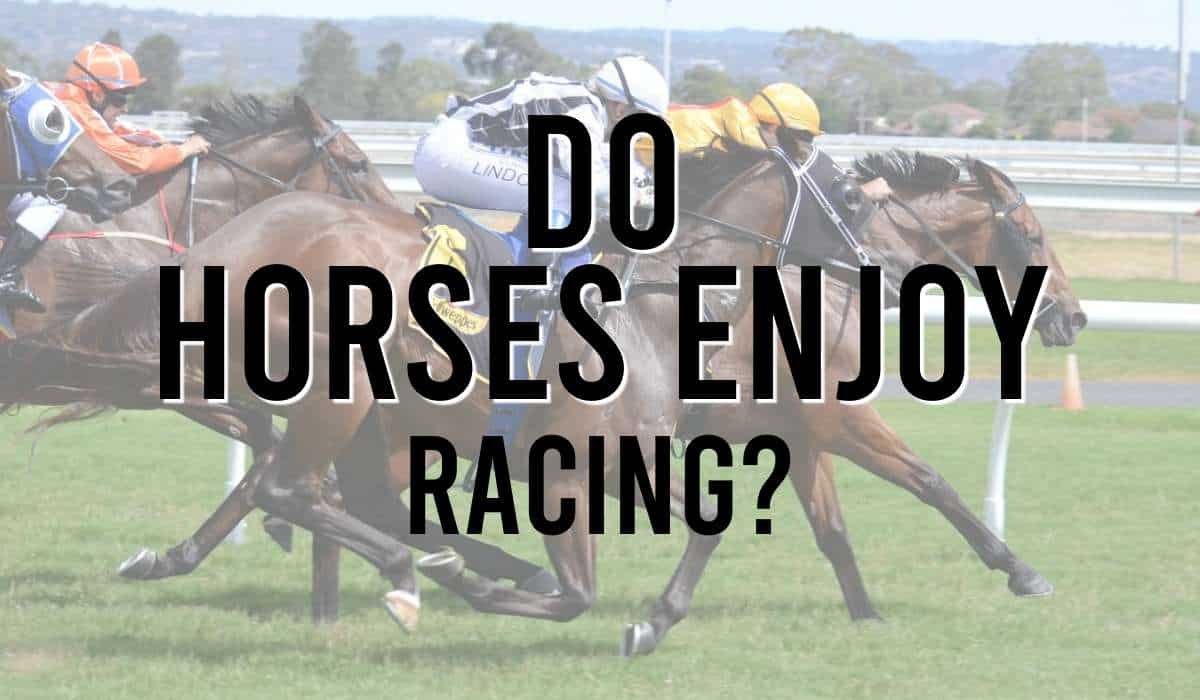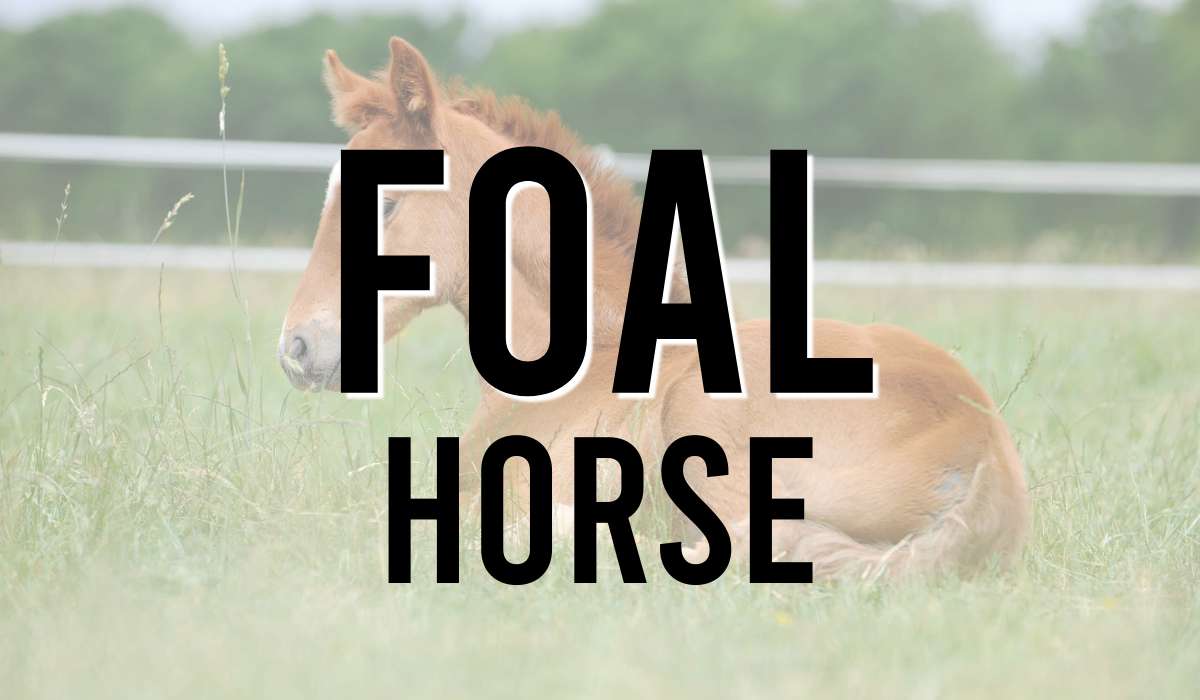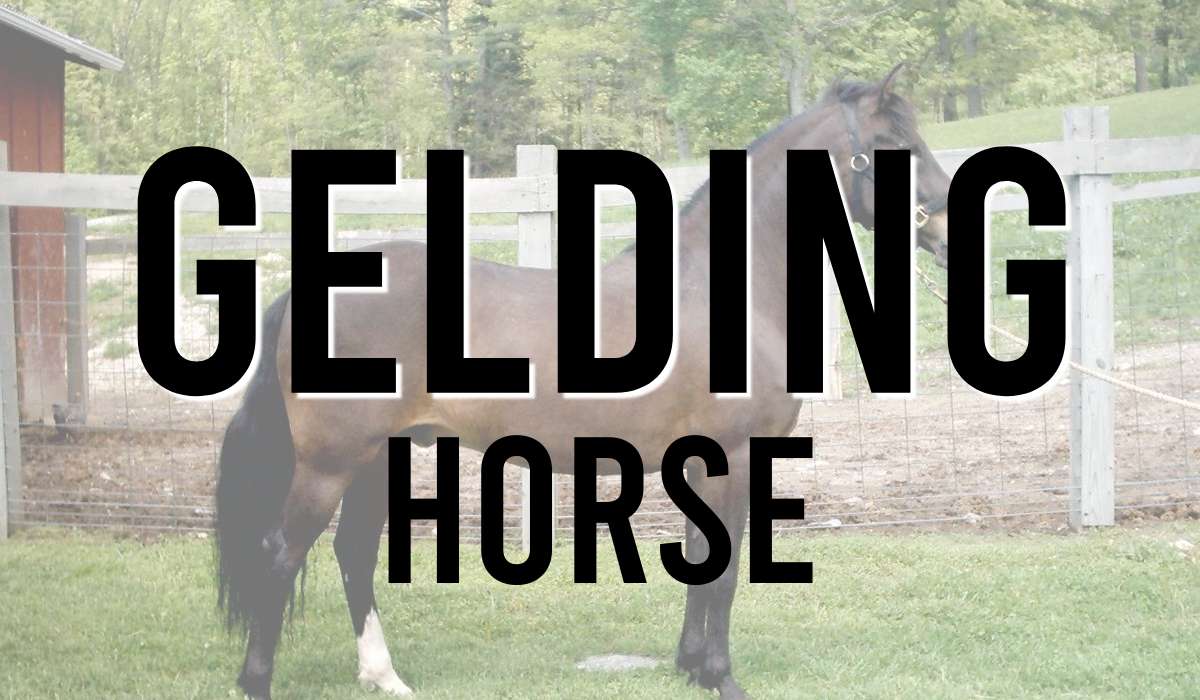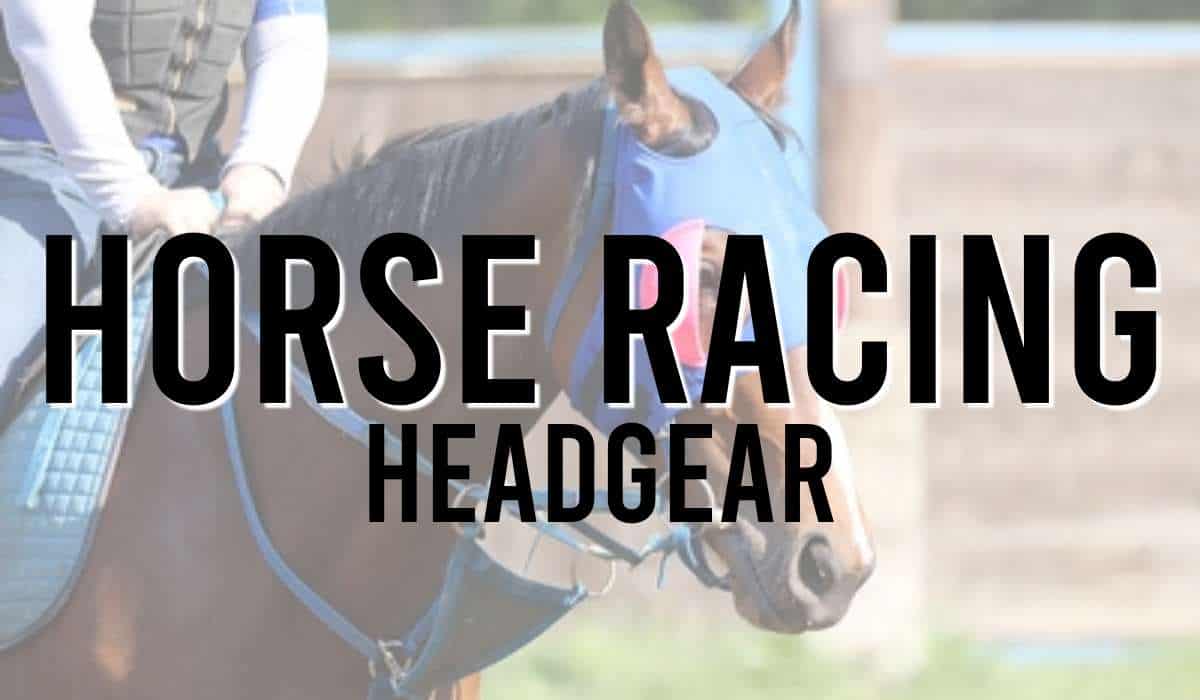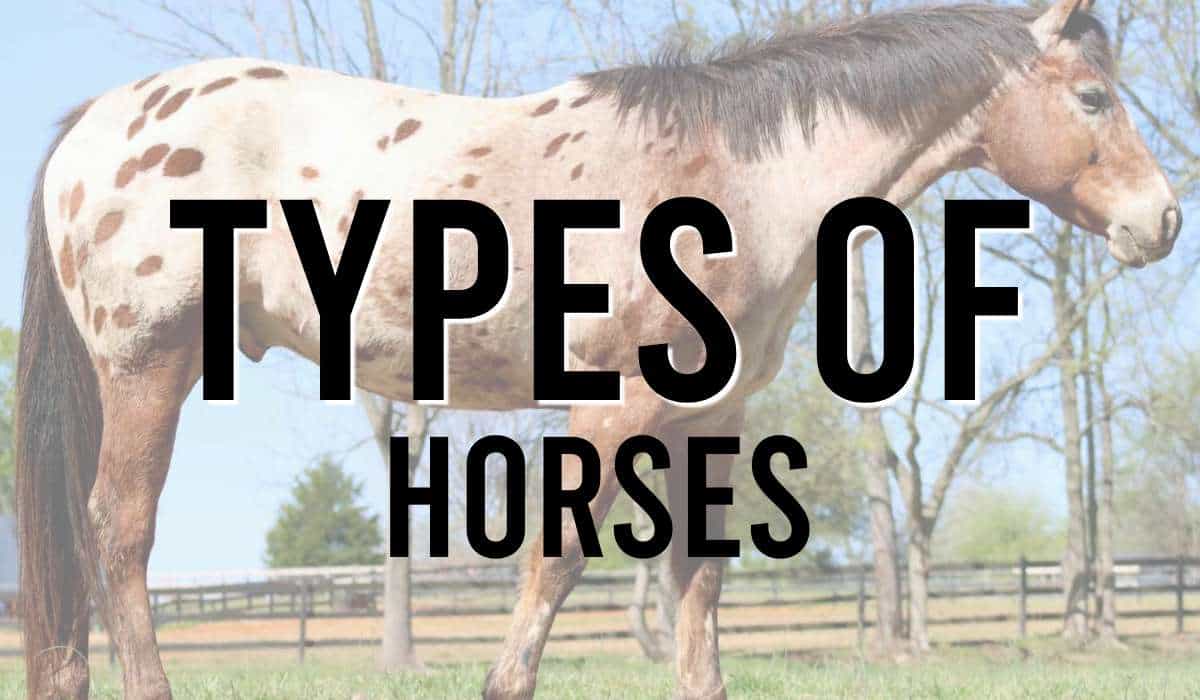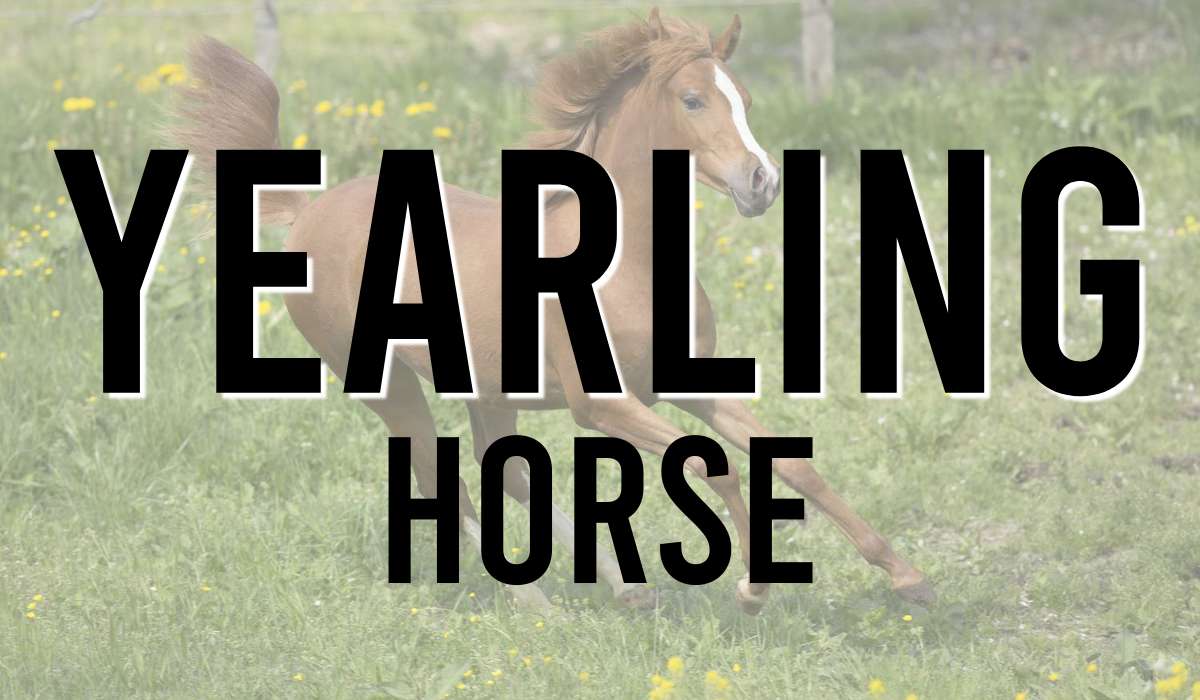A common behavioural problem in racehorses is box walking.
Box Walkers are horses repetitively pacing around their stables. The horse locomotor stereotypies behavioural issue reflects frustration for them wanting to move and exercise more. It can be treated by allowing the horse time out in the open.
Would you consider buying a box walking racehorse?
In this guide, you will learn everything you need to know with regards to horses box walking in their stable.
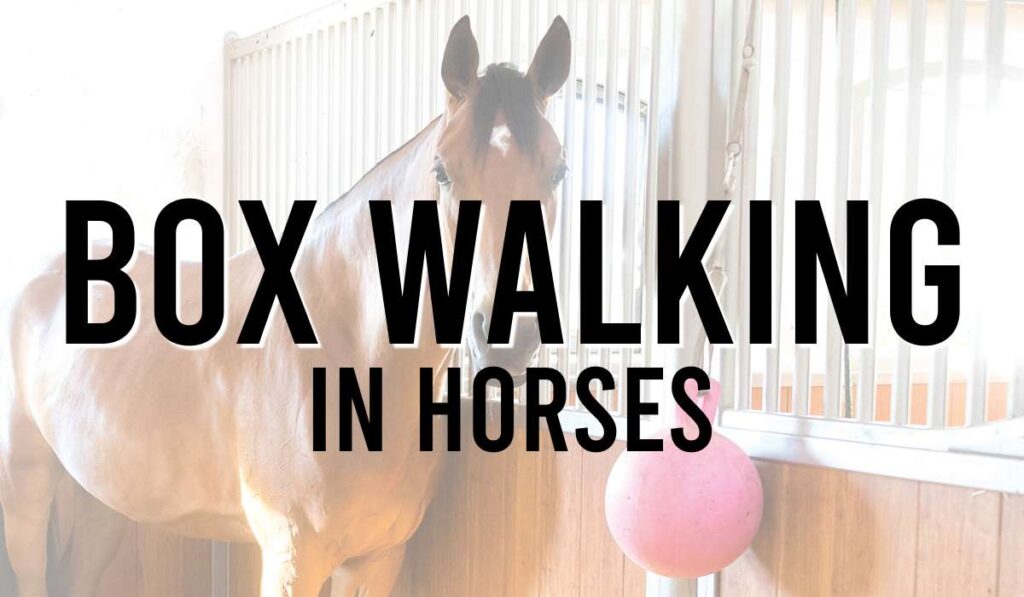
What is Box Walking?
Box walking is a repetitive movement that a horse may make around its stable.
The horse characteristics of pacing around the box of a confined space is a behavioural horse problem.
Stable box walkers are a horse’s response to stress caused by confinement.
Why Do Horses Box Walk?
A limited stable environment is the core reason horses box-walk.
Locomotory stereotypic behaviours involve abnormal pacing or walking to reflect aspects of the horse’s natural behaviour that are being prevented by limited space.
Studies showed low forage or few opportunities for social contact to cause box walking.
Box walking is seen more frequently in racehorses because have a strong desire to exercise at a high performance.
Some horse box walks because find the stable environment stressful.
What Problems Can Box Walkers Cause?
Box walking can cause the following problems:
- Horse disturbs his bedding (creating characteristic pathways where they are pacing)
- Expends considerable energy
- Weight retention problems
- Damage himself on the sides of the stable doors
- Develop asymmetrical musculature if they always walk in the same direction
- Injuries for identical repeat movements
- Rise to problems in performance under the saddle
- As extremely stressed can sweat and tremble
- Difficult to manage the horse from within the stable as they find it difficult to stop weaving
- Cause excessive wear of shoes or hooves
How to Prevent Horse From Box Walking?
The behaviour will differ between horses as some are chronic box walkers.
Here are some treatment options to prevent horses from box walking:
- Focus on increasing turnout
- Increase visual and physical contact with other horses
- Reducing stabled time to a minimum
- Try to place in companion stables so can interact fully at a social level
- More openings in the stable so that the horse has a wider view of the outside environment
- Stable mirrors have been known to reduce weaving significantly
- Increase Hay Intake
- Stable up with another horse to prevent loneliness
- Provide feeding enrichment
- Extending feeding time as a distraction at key times for the behaviour
Can Box Walkers Be High-Quality Racehorses?
There is no real evidence that box walking reduces performance in the majority of cases.
Whilst this locomotor stereotypy is relatively harmless, constant weaving can place extra strain on the racehorses joints and affect the number of times the horse can race.
It can be difficult to maintain the weight of a box-walker, who also suffers the further risk of damage to ligaments and tendons, and changes to management are highly advisable.
Box walkers can become a black-type racehorse but if the horse is a chronic box walker this can certainly halt the progression of the racehorse due to weight problems.
Summary of Box Walking in Racechorses
The inability to get to where the horse wants to go is the locomotor stereotypies response to stress caused by confinement.
Box walking is a stereotype that’s exacerbated in horses by excitement, frustration, pleasure, pain and not enough time spent eating.
Horses that weave can be seen to sway their head and necks rhythmically from side to side.
Regular and prolonged turnout will also help to minimise periods of stress.
Placing forage at intervals around the stable has the potential of slowing the horse if he decides to eat as he walks around, and this will bear a closer resemblance to the act of grazing.
It can be difficult to maintain the weight of a box-walker, who also suffers the further risk of damage to ligaments and tendons, and changes to management are highly advisable.

